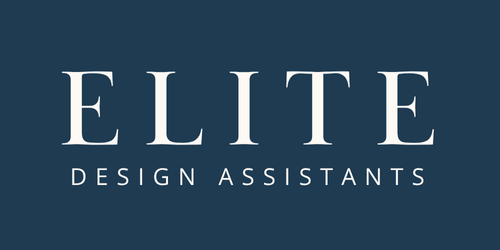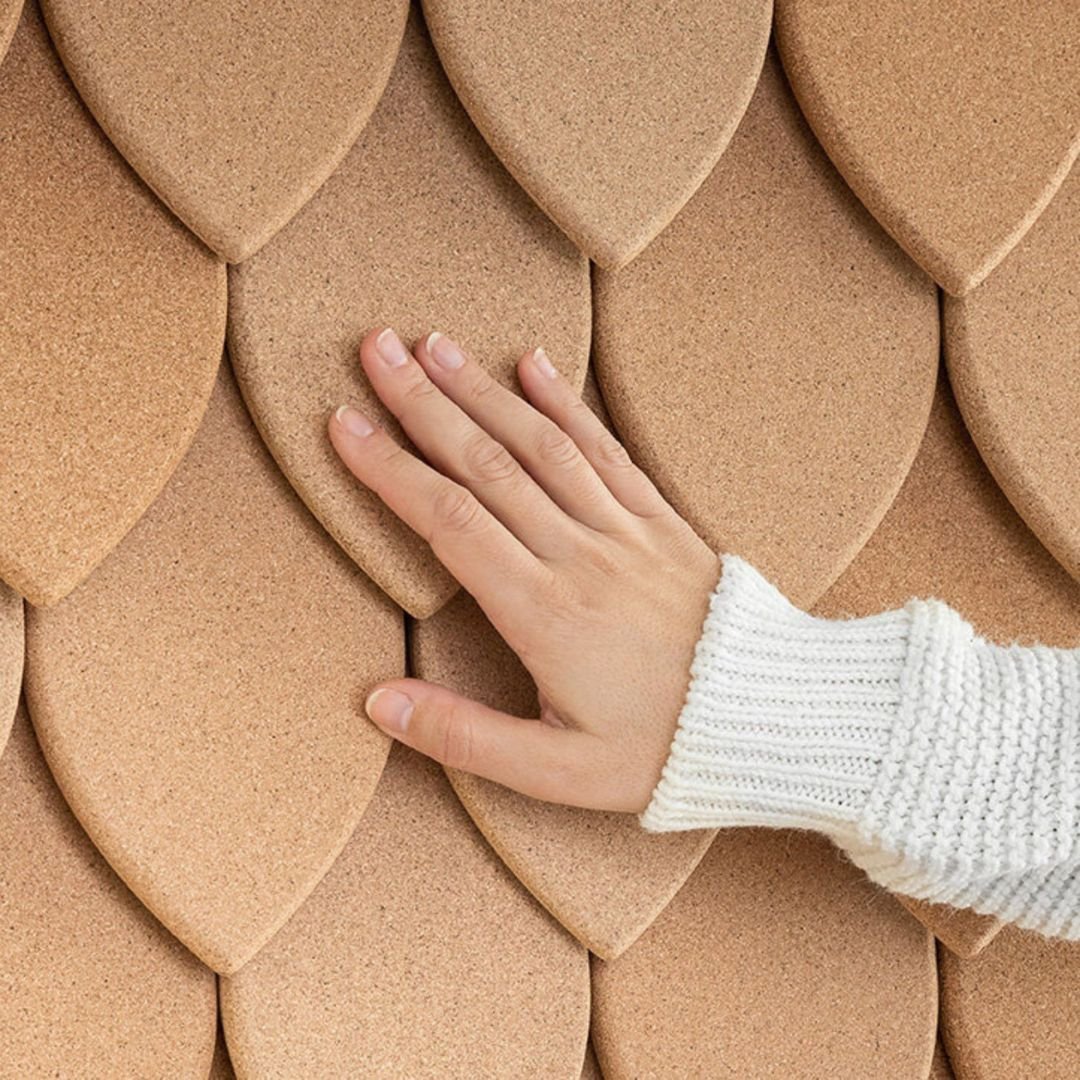The Correlation Between Well-Being + Design: 9 Ways to Make a Difference
/We're obviously all about killer aesthetics, but today, we're taking a deeper dive into how your interior designs can do more than just create a visually stunning space. We're talking about the magic that happens when your designs positively affect the health, happiness, and overall well-being of those who inhabit them. It's incredible how much of a difference you can make in their lives. So, let's explore some ways you can make that happen!
1. Light and Color
You're probably no stranger to the idea that colors can set the mood – warm hues like reds and yellows bring vibrancy and energy, while serene blues and greens offer calm and relaxation. But it doesn’t stop there! Natural light during the day helps us sleep better at night and keeps our spirits high during waking hours. So, when we design with light and color in mind, we are creating environments that influence how we feel and sleep.
2. Acoustics
Acoustics in design are the secret sauce for privacy and peace. A well-designed acoustic environment not only shields you from outside noise (and keeps noise in) – it allows for the beautiful symphony of life to coexist within your space. Kids playing in the living room can cohabitate with a parent working from home. So, acoustics aren't just about keeping it quiet; they're about creating a versatile and harmonious living experience.
3. Technology
We all love our tech gadgets, right? They bring us convenience, entertainment, and even safety. But sometimes, we need a break from the digital world. Imagine a hidden TV or a cozy tech-free corner where you can unwind without the constant buzz of screens. It's the yin and yang of our tech-driven lives. Striking this balance ensures that the space doesn't just serve digital needs but also the need for some good old-fashioned human connection and relaxation.
4. Harmony and Flow
A well-organized space prevents clutter and visual chaos to give your mind some breathing room. And thoughtful layouts and furniture placement go beyond functionality; they promote mental clarity and an overall feeling of serenity. In essence, it’s as they say: a tidy space equals a tidy mind.
5. Ergonomics
Furniture is more than a pretty prop; it can be your body's ally. Well-designed furniture knows how to keep your posture in check and your joints happy. With lumbar support in chairs, desks that adjust to your liking, and mattresses that cradle you just right, it's all about keeping you physically content.
6. Biophilic Design
Living with biophilic design is a way of tapping into your primal connection to the natural world with science-backed health perks. Imagine bringing the outdoors in – with plants, natural materials, and calming green views. It's like a mini-vacation for your senses. Studies show that this connection to nature reduces stress, boosts cognitive function, and makes you feel all-around awesome.
7. Accessibility and Inclusivity
One person’s happy place might look a little different from the next. Think of an environment that welcomes all abilities and needs, where everyone feels like they belong. It's about creating spaces that everyone can readily access – whether that means installing ramps, wider doorways, or sensory-friendly design – and enjoy.
8. Sustainability
Sustainability might sometimes feel like a concept that is separate to us, but it's actually a reflection of our well-being and our home planet's health. Sustainable materials improve the air quality in our homes, reduce our carbon footprint, and nudge us towards a more eco-conscious lifestyle. It's about being responsible stewards of our environment, ensuring well-being for generations to come.
9. Personalization
When you dive into personalization, remember that beyond aesthetics, it's about designing a space that celebrates the inhabitant’s uniqueness, sparks their joy, and serves as the stage for the kind of lifestyle they want for themselves. And a place like that certainly contributes to happiness and well-being.
Balancing all these elements and seamlessly integrating them into your designs can be a lot – never mind juggling invoices and lead times. But through your dedication to placing these elements at the forefront of your creative process, you enrich the lives of those who inhabit your designs. And that’s something you can be very proud of as a designer!
xx, Danae















